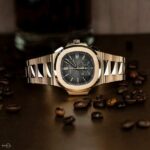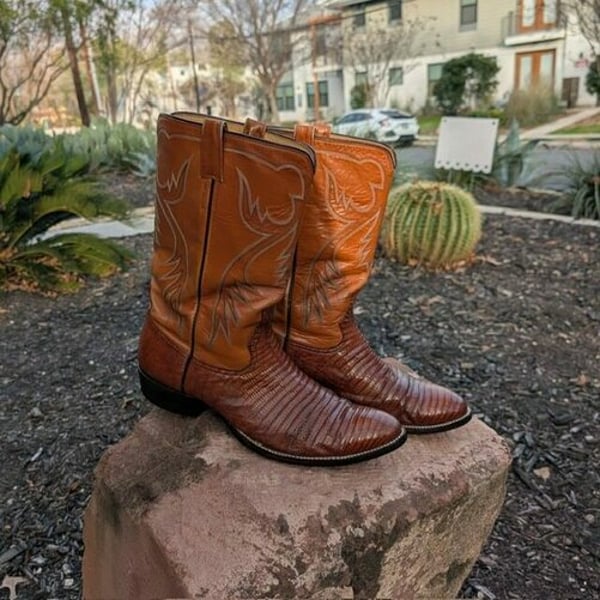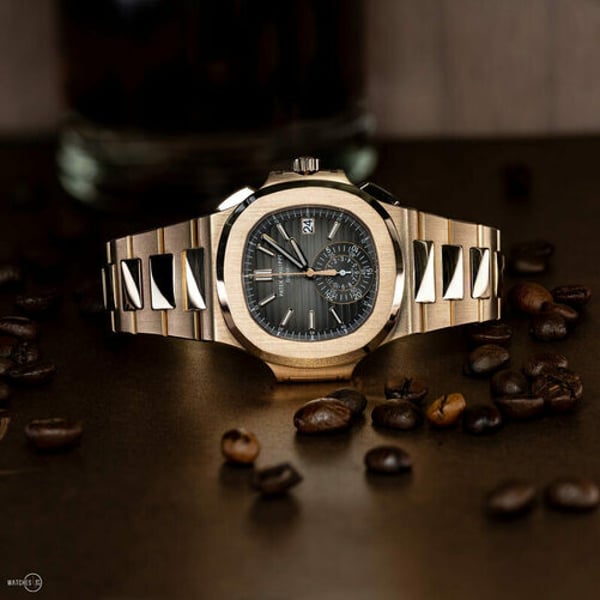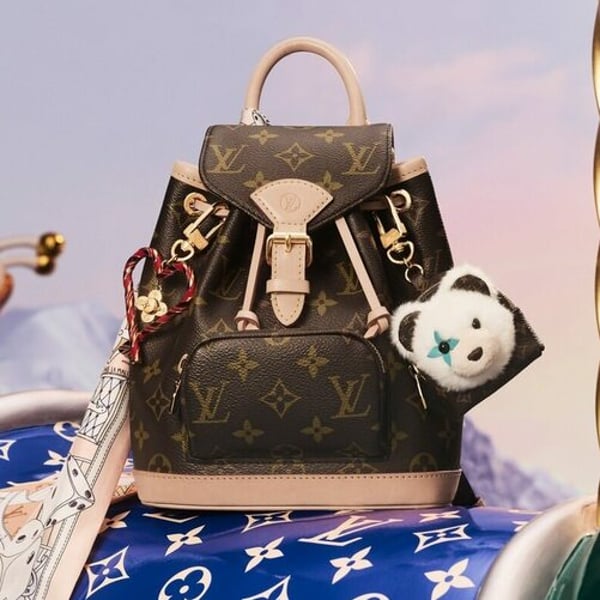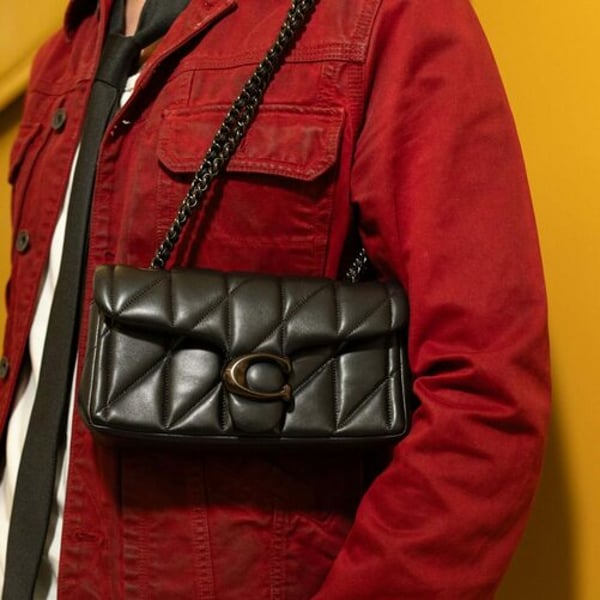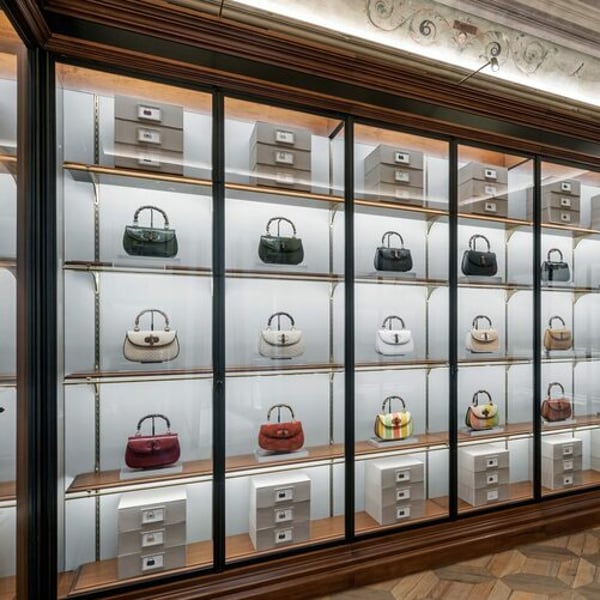By
AFP
Published
August 15, 2025
The manufacture of iconic “made in the USA” cowboy boots is set to suffer from President Donald Trump’s 30% tariffs on South African exports that came into force in August.
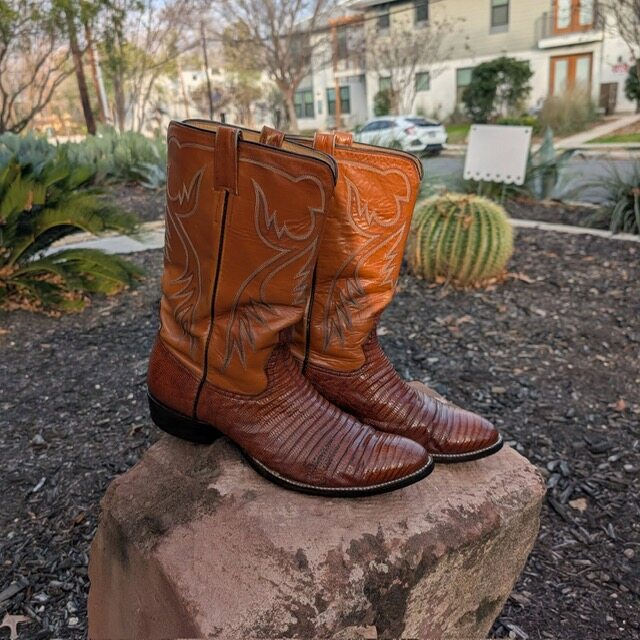
Texas’s most renowned makers of the southern US fashion staple source the ostrich leather they require exclusively from the small South African town of Oudtshoorn, 400 kilometres (250 miles) east of Cape Town.
Known as the world’s “ostrich capital”, Oudtshoorn is nestled in the semi-arid Little Karoo valley just inland from the southern coast and is home to a few hundred thousand people and about as many of the giant flightless birds.
“We just don’t know how bad the impact will be, but positive it wouldn’t be,” said ostrich farmer Laubscher Coetzee of the tariffs that kicked in after South Africa appeared unable to negotiate a new trade deal with Trump.
More than half of the global supply of ostrich-derived products — from feathers to leather and meat — comes from nearly 200 farmers around Oudtshoorn who are joined in the Cape Karoo International (CKI) group, said its managing director Francois de Wet.
South Africa as a whole supplies about 70% of the world’s production, he said.
Luxury handbag manufacturers in France and Italy are among the CKI’s main clients. It also ships 20% of its ostrich leather to top Texas bootmakers such as Lucchese, Justin and Rios of Mercedes, whose boots are sold at several hundreds of dollars a pair.
Ostrich is “an extremely important leather in our industry”, Ryan Vaughan, CEO of the Rios of Mercedes manufacturer, told AFP.
“It’s very resilient, it forms to the foot,” he said, wearing a typical cowboy hat. Coming from “a long line of cattle ranchers”, his family brand was born in Texas in 1853 and employs 250 people.
The tariffs “would make a dramatic impact in our business and in the western industry,” he said, “because it’s not just us that build a lot of cowboy boots out of ostrich leather”.
It is also the case of Tony Lama, an El Paso bootmaker supplied by CKI that has given a pair to every recent Republican president. Donald Trump received cowboy boots emblazoned with “MAGA” made out of “American alligator” skin, according to a press release.
De Wet from the CKI said he believed the South African supply of ostrich leather to the US manufacturers did not run counter to a push by the Trump administration for production to be brought home. The United States did not have enough ostriches to provide the required leather, he said.
“We export the raw material, the ostrich leather. They can’t produce it from local ostriches in the US. They don’t have them,” he told AFP.
“They do all the value-adding in the United States,” he said. “So therefore, in terms of the pure definition of what the Trump administration would like to see, in this case, we do it already.”
The soft skins, recognisable by spots left by the large ostrich feathers, are currently sold to American manufacturers for around $20 a square foot.
“We exported more than the usual volume of ostrich leather to the US in the past two-three months, so we have a little bit of a buffer,” said de Wet.
“For the moment we don’t expect any layoffs in the short term,” he said. But “in the long term, if we have to pick up the full tariff, it will definitely… cause a shrinkage of our business.”
The consumer could also not be expected to pay an extra 30% for the already pricey boots, he said. “So the tariff will have to be split between the exporter… and the importer, and preferably also a part paid by the end consumer.”
It is the unique climate of the Little Karoo, which gets less than 400 millimetres (nearly 16 inches) of rain a year, that makes it ideal for ostrich rearing, said Coetzee, a fourth-generation Oudtshoorn farmer. “That is the reason the ostrich industry is still here 200 years after (it started),” he said.
His great-grandfather built the family home in 1896, when the price of ostrich feathers rivalled that of gold because of their value to the women’s fashion industry.
The extravagant “ostrich palaces” of the time are a reminder of the industry’s previous major crisis, when the market collapsed in the early 1900s as the arrival of the low-roofed motor car ended the fashion for high-feathered hats.
Copyright © 2025 AFP. All rights reserved. All information displayed in this section (dispatches, photographs, logos) are protected by intellectual property rights owned by Agence France-Presse. As a consequence you may not copy, reproduce, modify, transmit, publish, display or in any way commercially exploit any of the contents of this section without the prior written consent of Agence France-Presses.
